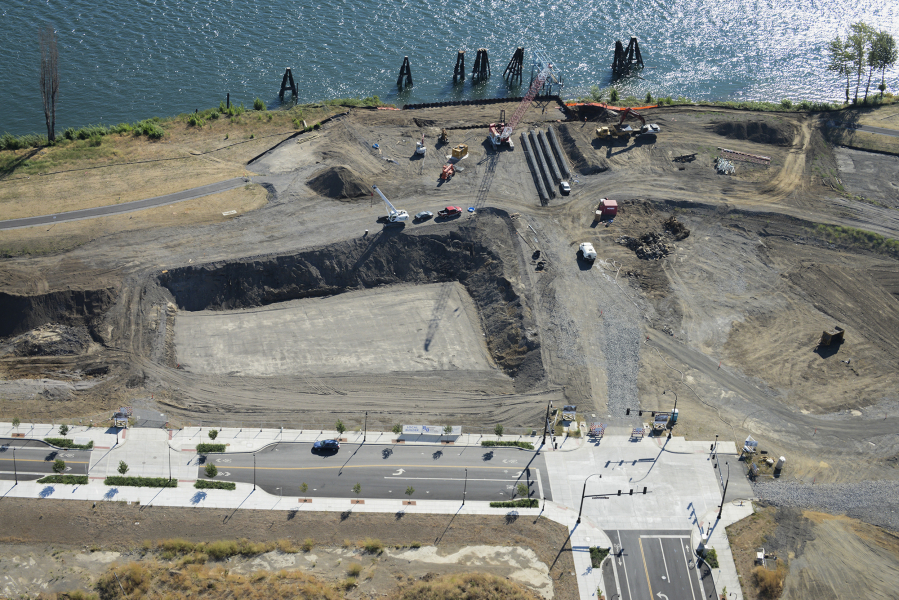Parking at the up-and-coming Vancouver Waterfront may be heading toward a tighter fit after Vancouver officials announced recently that 770 parking spaces are planned to be cut from the original blueprints.
City of Vancouver Senior Planner Jon Wagner told the city’s planning commission at a meeting in late September that, thanks in part to a recent decision by the Federal Aviation Administration, parking will shrink from 7,799 to 7,029 spaces — a nearly 10 percent reduction.
Wagner said last week that parking will still exceed the minimum 5,300 spaces, though the number can still change as new buildings are developed and reviewed.
The revision in plans comes as the city faces large-scale growth in its city center, and parking continues to be an issue, as it has been in Portland. The full picture may not be in view, said Vancouver Parking Manager Mike Merrill, who pointed out that the Port of Vancouver, which owns the former Red Lion Hotel Vancouver at the Quay building, has not yet finalized its own waterfront redevelopment and parking plans.




